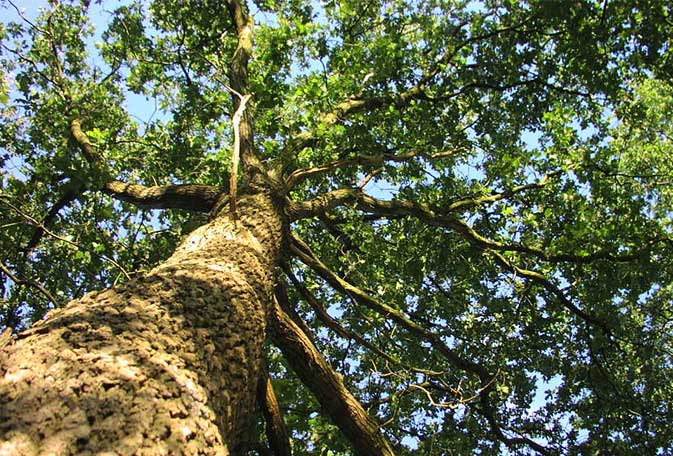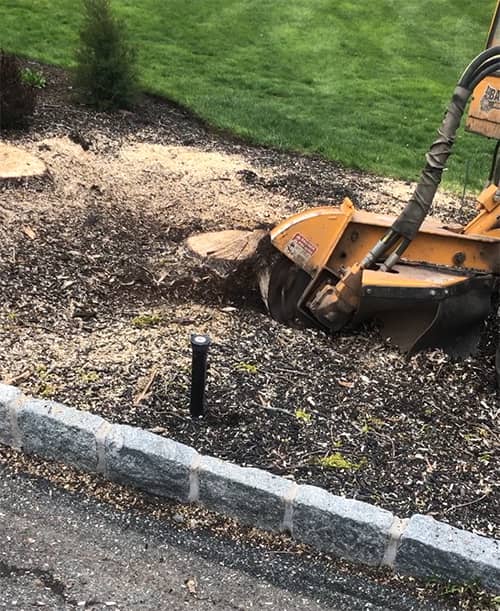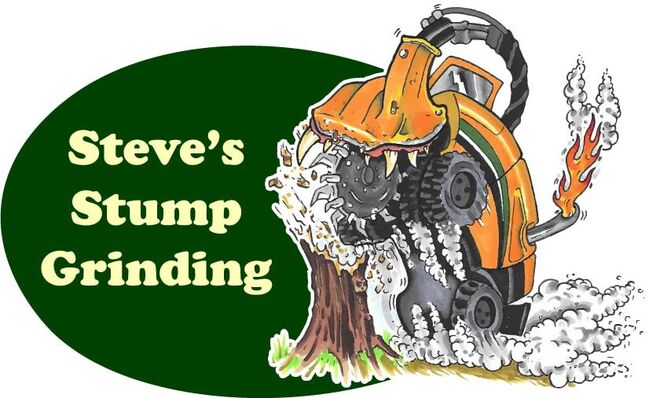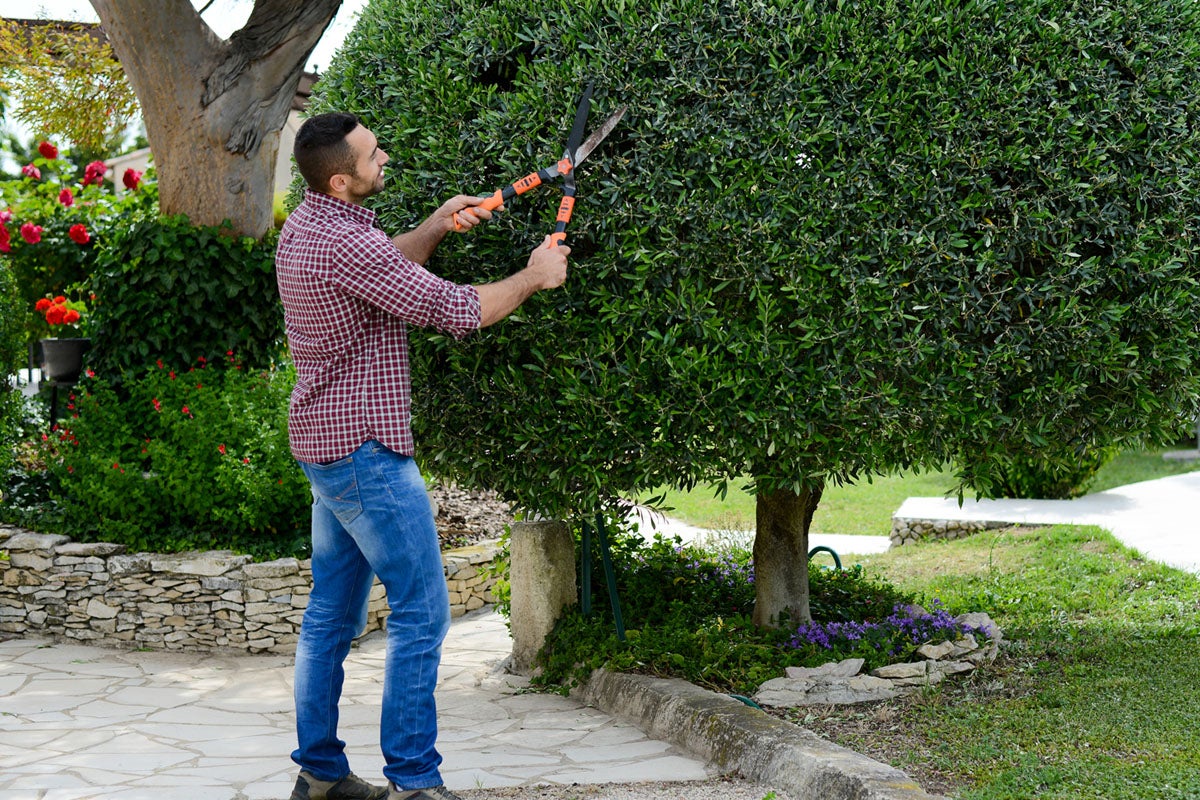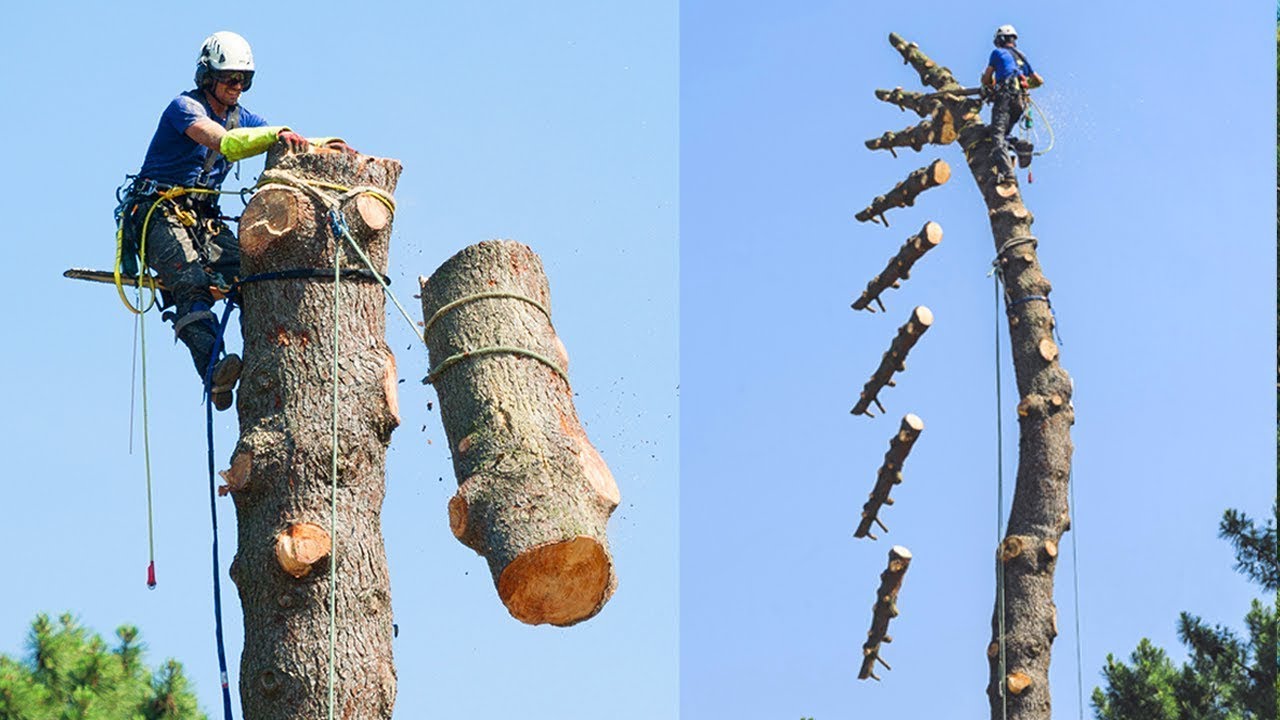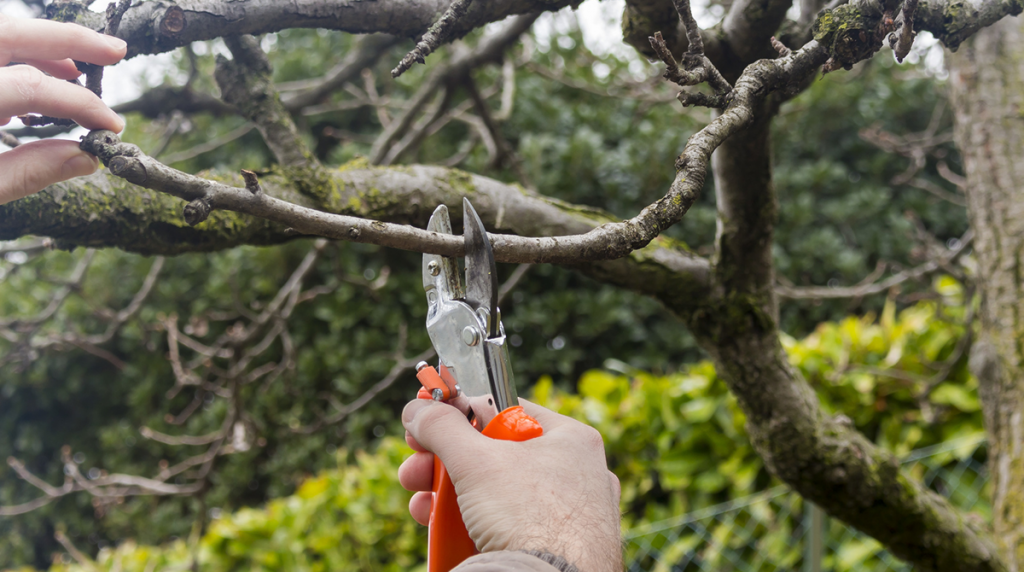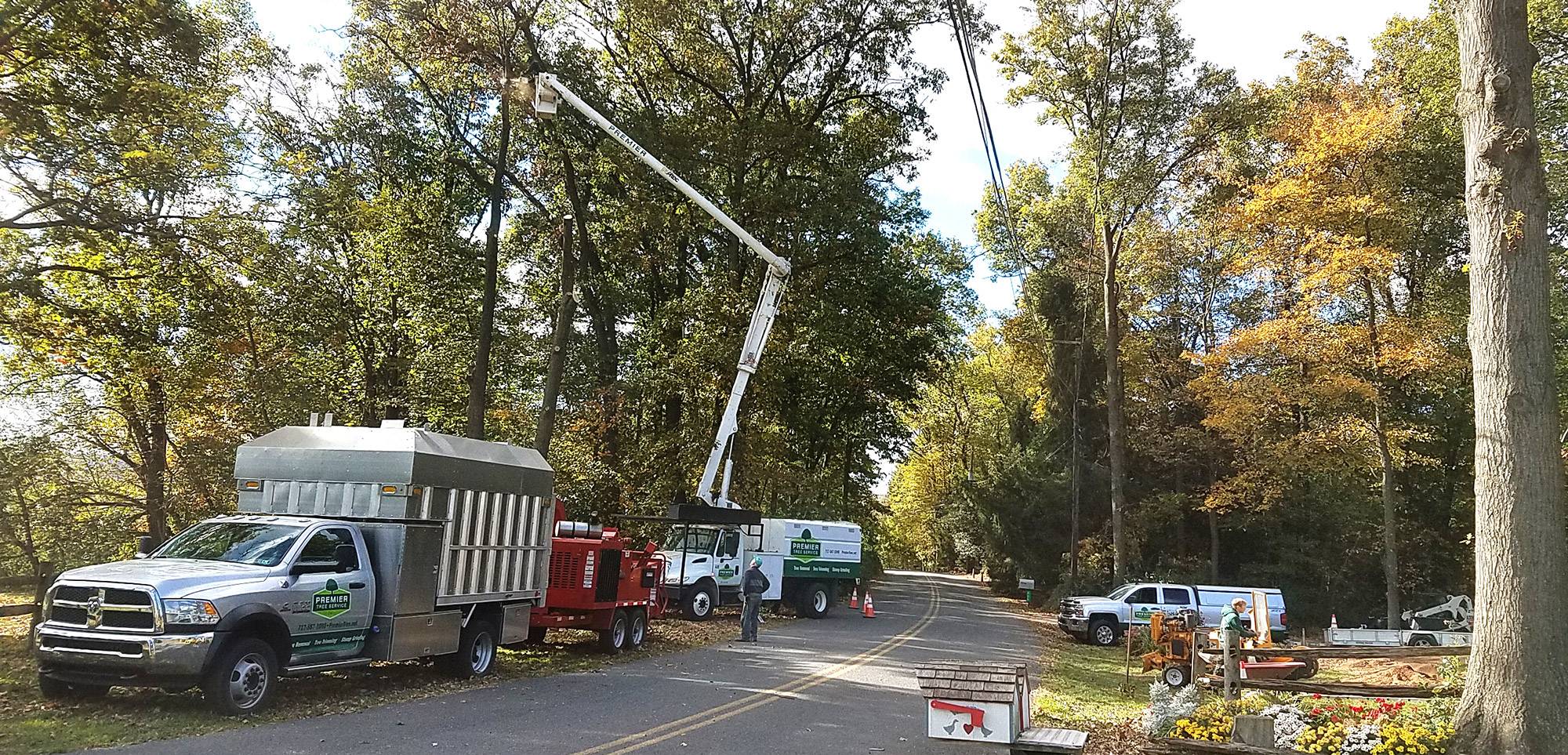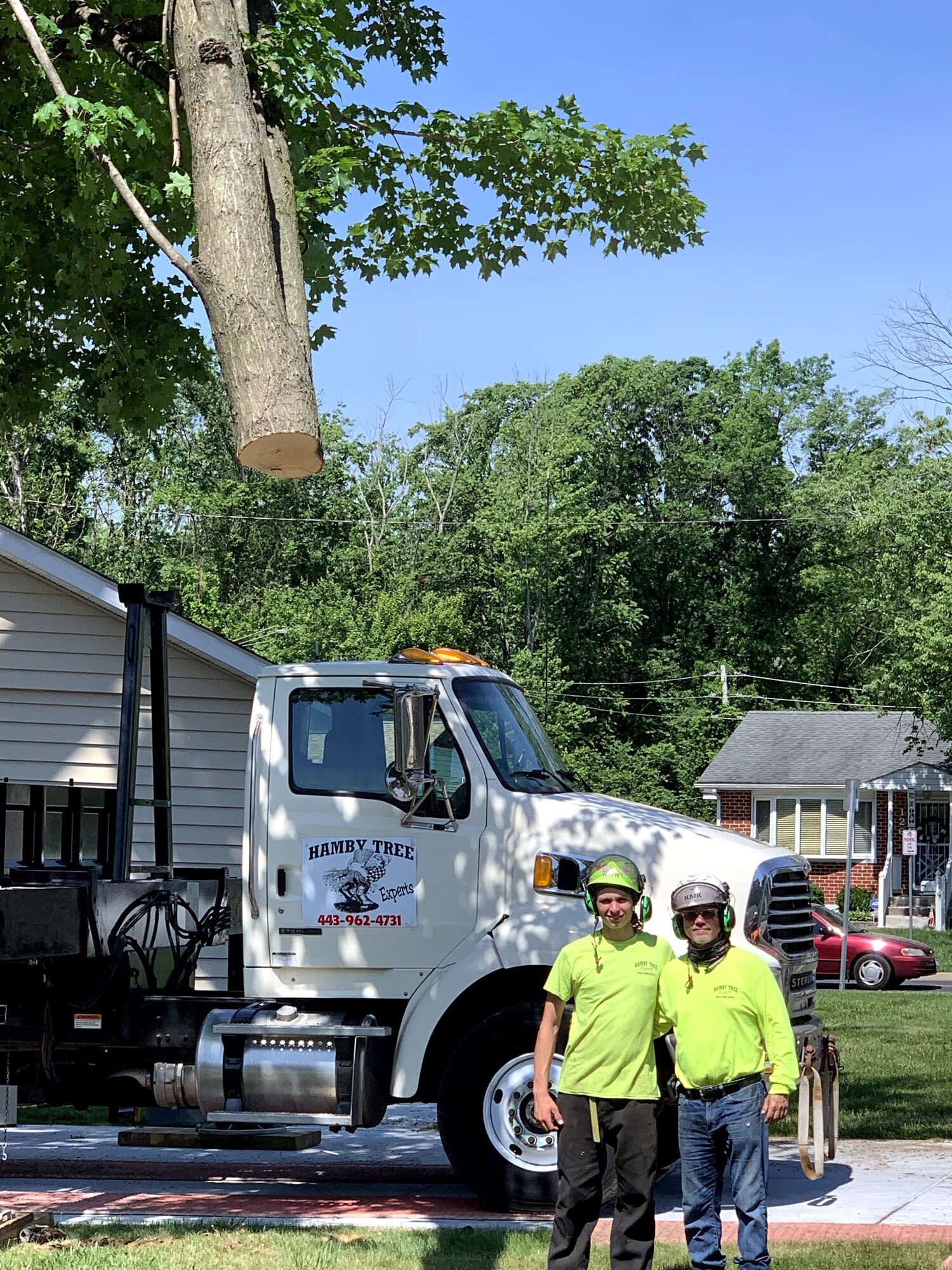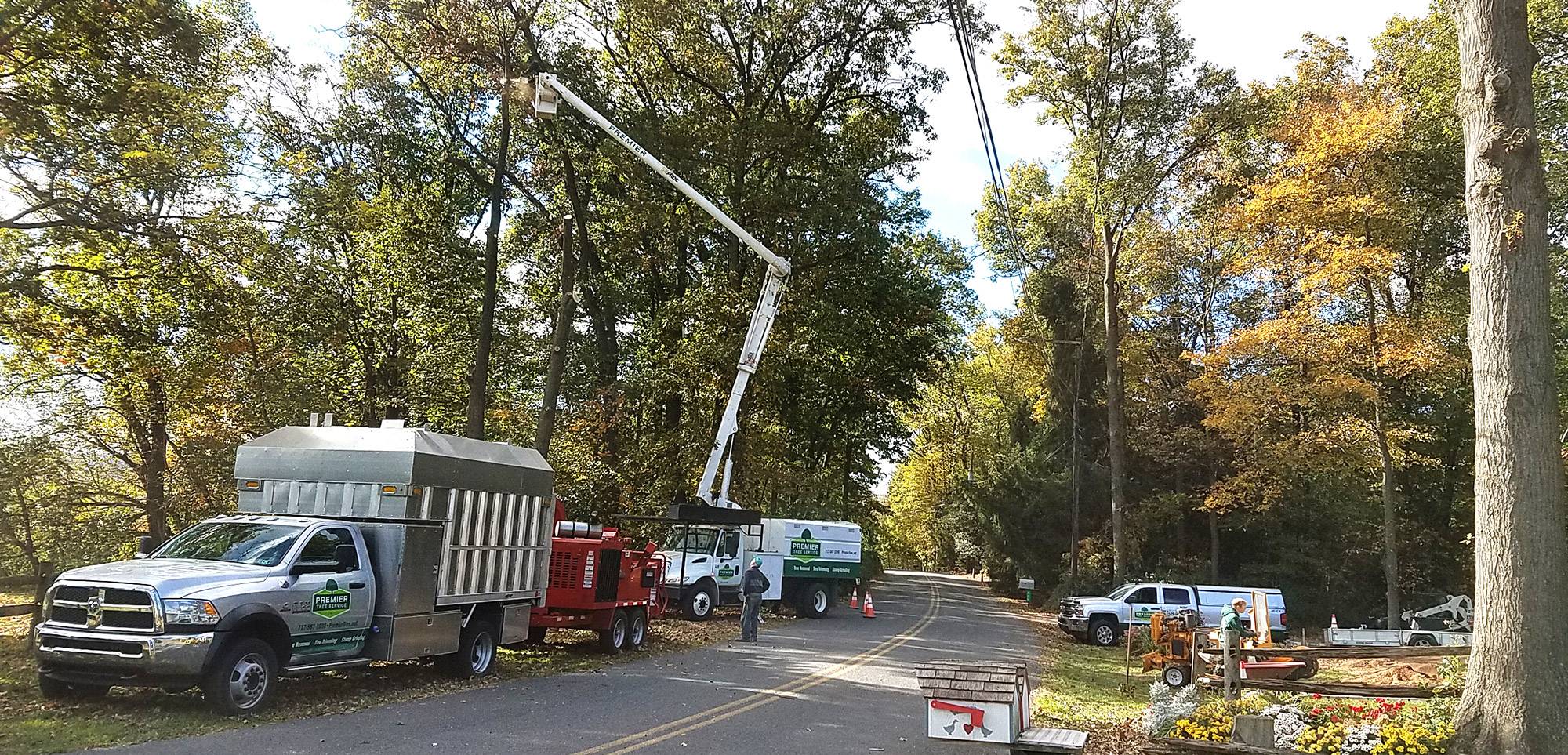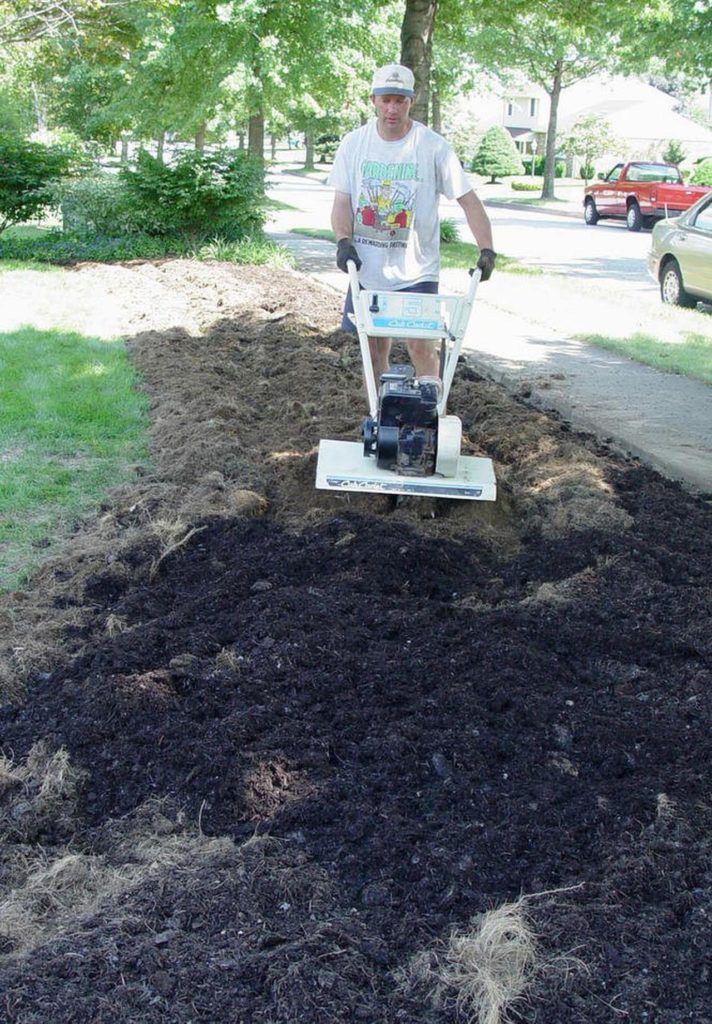[ad_1]
If you’re considering tree services, you’ll want to do your research. This is because a reputable company can help you keep your trees healthy, and it can also prevent damage to your property. For example, they can trim leaves regularly, and they can help you make firewood.
Prevent damage to property
There’s more to tree service than trimming trees. To keep your property healthy and safe, you’ll want to hire a certified arborist to take care of the finer points. This may include installing lights, cabling, and other storm-related fixes.
Trees are subject to some serious wrath when it comes to stormy weather. However, this doesn’t have to be the case. The right type of maintenance will go a long way in preventing disasters. Fortunately, most homeowners insurance policies will cover most of the costs associated with repairing damage to your home, including trees. Depending on the type of policy you have, you’ll have to contact the appropriate county office to get your claim approved.
In general, the best way to avoid having to deal with stormy skies is to keep a close eye on your trees. A good canopy will reduce your risk of wind damage and the occasional tree fall.
Get rid of pests
Trees are not only important for providing access to buildings, but they are also the ideal place for ants, racoons, and other pests to live. Pests can cause significant damage to a tree and its surroundings. It is vital that homeowners learn how to keep their trees safe from pests. Using a specialized tree service can prevent the spread of harmful diseases.
Insects can be difficult to recognize, especially when they have invaded a tree. A good way to determine if you have a pest infestation is to perform a thorough inspection of your yard.
A common type of tree pest is the Nantucket Pine Tip Moth. This aphid-like insect causes reduced diameter growth and shoot mortality. Unless the infestation is treated, your tree may die.
Trim leaves regularly
The optimum time to trim your tree is late fall to early spring. The reason for this is a tree’s ability to absorb the nutrients it needs from the ground. If a tree has an excess of branches, it may be harder for it to do so.
Trimming your tree will also increase its vigor. A well maintained tree is an attractive feature to a home, and it can add curb appeal to a property. Keeping it trim is also a good idea if you have trees close to power lines, as it can interfere with their path. Trees that are too large can become a nuisance and cause damage to homes.
In general, a tree’s health is determined by a variety of factors. Among these is its ability to obtain the most important nutrients from the soil. Some of the most beneficial elements to prune are the fruit-bearing branches, as this will boost the flavor and quality of the fruit.
Extend surface roots
If you have a tree in your yard, odds are you have the presence of a root system. The primary roots of most trees are found in the upper twelve to 18 inches of soil. Some trees have a root system that extends three to seven times the canopy. This is not a good thing, because these roots have the power to damage structures nearby. Luckily, you can avoid these annoyances by enlisting the aid of a professional tree service.
In general, shallow surface roots are an expected byproduct of the aging process. However, they can have a negative impact on your lawn. One of the best ways to mitigate the problem is to cover the area with a layer of soil. It is also possible to augment the soil with grass seed or a mulch bed. You will probably have to do this several times as the tree grows.
Make firewood
A lot of people enjoy the feeling of sitting around a warm fire. There is a wide variety of types of wood that can be used to make firewood. Choosing the right type of wood for your home will depend on what you want to use the wood for.
The ideal tree to burn for firewood is white ash. It is easy to split into pieces and it will give you lots of heat. Another good option is red oak. However, you must dry the wood before burning it.
You also need to find a tree service that can cut the wood at odd angles. This makes the logs harder to break. Once you have the wood split, you can use it for firewood.
When you are buying firewood, be sure to choose quality wood. Wood that is green or unseasoned does not burn well. Also, you should avoid using softwood, since it can create a smoky fire. In addition, it doesn’t last as long as hardwood.
[ad_2]


